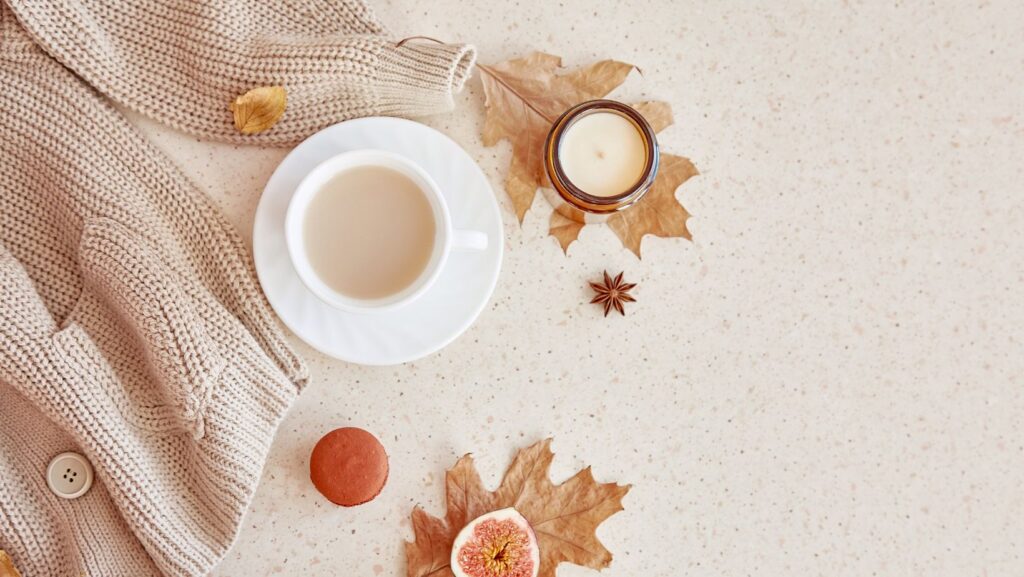Aesthetic:eu8ddkuyzjy= Space

In today’s visually-driven world, the concept of aesthetic space has become more than just a design trend—it’s a lifestyle choice. People are increasingly aware of their surroundings, seeking environments that not only please the eye but also uplift the spirit. Aesthetic spaces are carefully curated to create harmony and balance, blending elements like color, texture, and light to evoke emotion and inspire creativity.
The rise of social media platforms like Instagram and Pinterest has fueled this fascination, as users share and discover beautifully arranged spaces that reflect personal style and taste. Whether it’s a cozy reading nook, a minimalist office, or a vibrant living room, the allure of aesthetic spaces lies in their ability to transform ordinary settings into extraordinary experiences. By understanding the principles of aesthetic design, anyone can create a space that resonates with their unique sense of beauty and enhances their everyday life.
Understanding Aesthetic Space
Aesthetic space involves creating an environment that appeals to the senses and aligns with personal style. It emphasizes a balance between form and function, where design elements complement each other. Designers consider principles like harmony, balance, proportion, and scale to craft spaces that resonate emotionally with individuals. Colors may evoke certain feelings, textures add depth, and light enhances mood.

The integration of technology in aesthetic spaces has transformed traditional approaches. Smart lighting systems, for instance, allow dynamic adjustments in brightness and color, catering to different times of day or activities. Additionally, digital platforms provide endless inspiration, making it easier to discover and implement innovative ideas.
Cultural influences shape aesthetic preferences, with varying styles emerging globally. Minimalist designs often feature clean lines and neutrality, while bohemian spaces thrive on eclecticism and vibrant patterns. This diversity enables personal expression, allowing individuals to construct environments that truly reflect their values and narratives.
Attention to detail is vital in maintaining an effective aesthetic space. Small items, like curated art pieces or plants, can serve as focal points that draw interest. Effective arrangement and selection of such elements contribute to the overall coherence and appeal of a space. Recognizing these aspects aids in developing areas that not only meet aesthetic desires but also foster emotional well-being.
Importance of Aesthetic Space
Aesthetic spaces transform ordinary environments into places of beauty and inspiration. They play a significant role in enhancing visual appeal and supporting emotional well-being.
Enhancing Environment
Aesthetic spaces elevate any environment by incorporating design elements that create a harmonious atmosphere. Elements such as natural lighting, carefully selected color palettes, and thoughtfully arranged furniture contribute to a cohesive look. Strategic placement of decor items, such as art and rugs, adds depth and interest, making a space more inviting. A well-designed aesthetic space has an impact not just visually, but also on how individuals feel, fostering comfort and serenity.
Boosting Creativity and Well-being
Exposure to aesthetic spaces can stimulate creativity and enhance well-being. The interplay of colors, patterns, and textures can ignite imagination, encouraging innovative thinking. An organized and visually pleasing space reduces stress levels, providing a calming influence conducive to relaxation and mental clarity. This environment fosters productivity and positive emotional states by creating a serene backdrop for both personal and professional activities.
Creating Your Aesthetic Space
Crafting an aesthetic space involves aligning design elements with personal style and sensory appeal. This section explores key aspects critical to establishing such spaces.

A well-chosen color scheme provides the foundation for any aesthetic space. Colors set the emotional tone, influence mood, and enhance spatial perception. Soft pastels evoke tranquility, while vibrant hues inspire energy. Complementary color combinations like blue and orange offer balance and visual interest, while monochromatic schemes deliver elegance. The use of a color wheel aids in selecting harmonious shades. Understanding the psychological impact of colors ensures a cohesive and inviting environment.
Carefully selected furniture and decor personalize an aesthetic space. Functional yet stylish pieces meet the balance between utility and aesthetics. Minimalistic designs, like Scandinavian styles, offer simplicity and clean lines, while bohemian elements introduce richness and texture. Décor items like oversized mirrors enhance light and spatial perception, while curated art pieces provide character and focus. Incorporating natural materials like wood and stone strengthens the connection to nature. Emphasizing scale and proportion ensures elements complement each other, maintaining harmony within the space.
